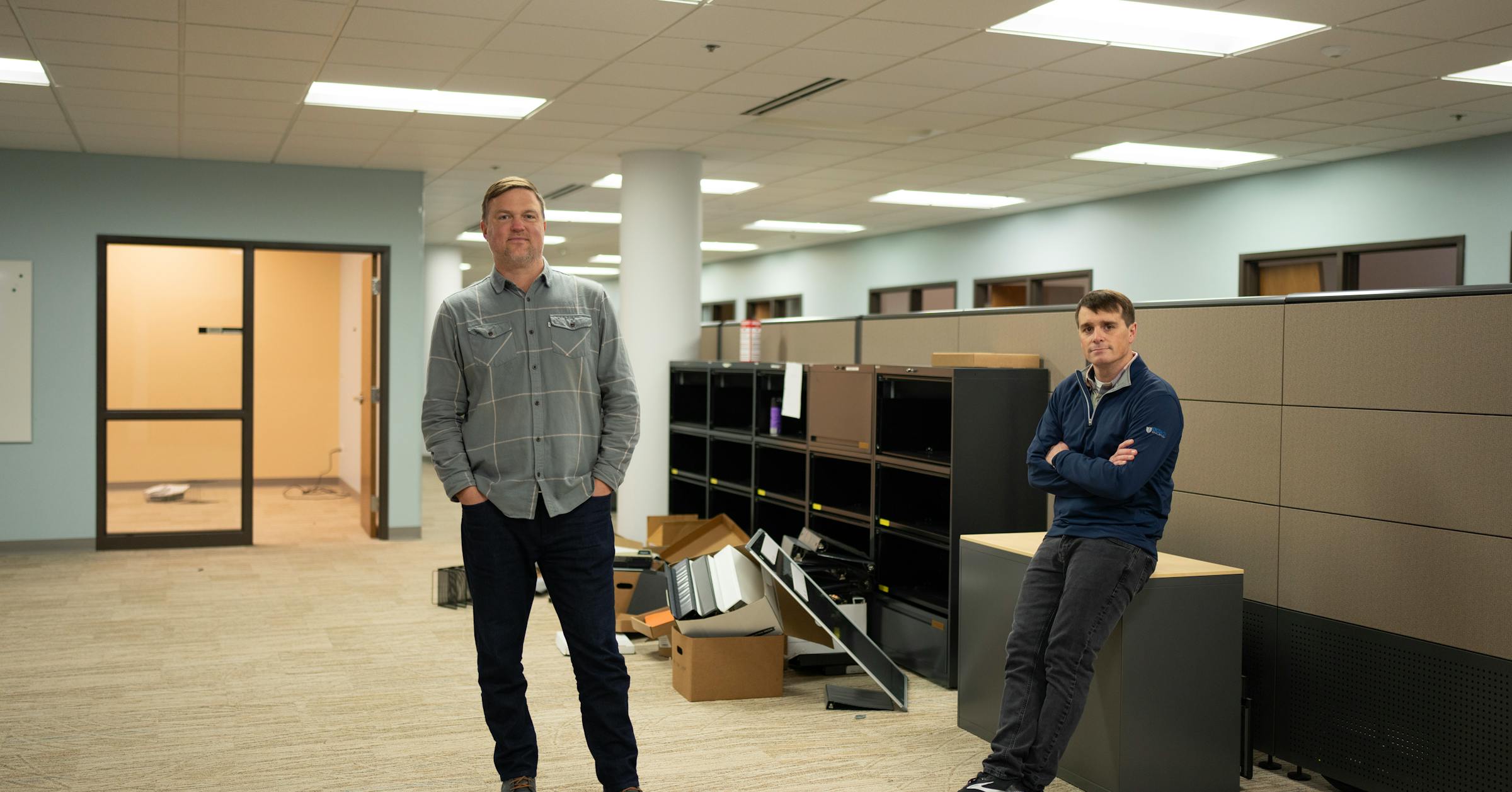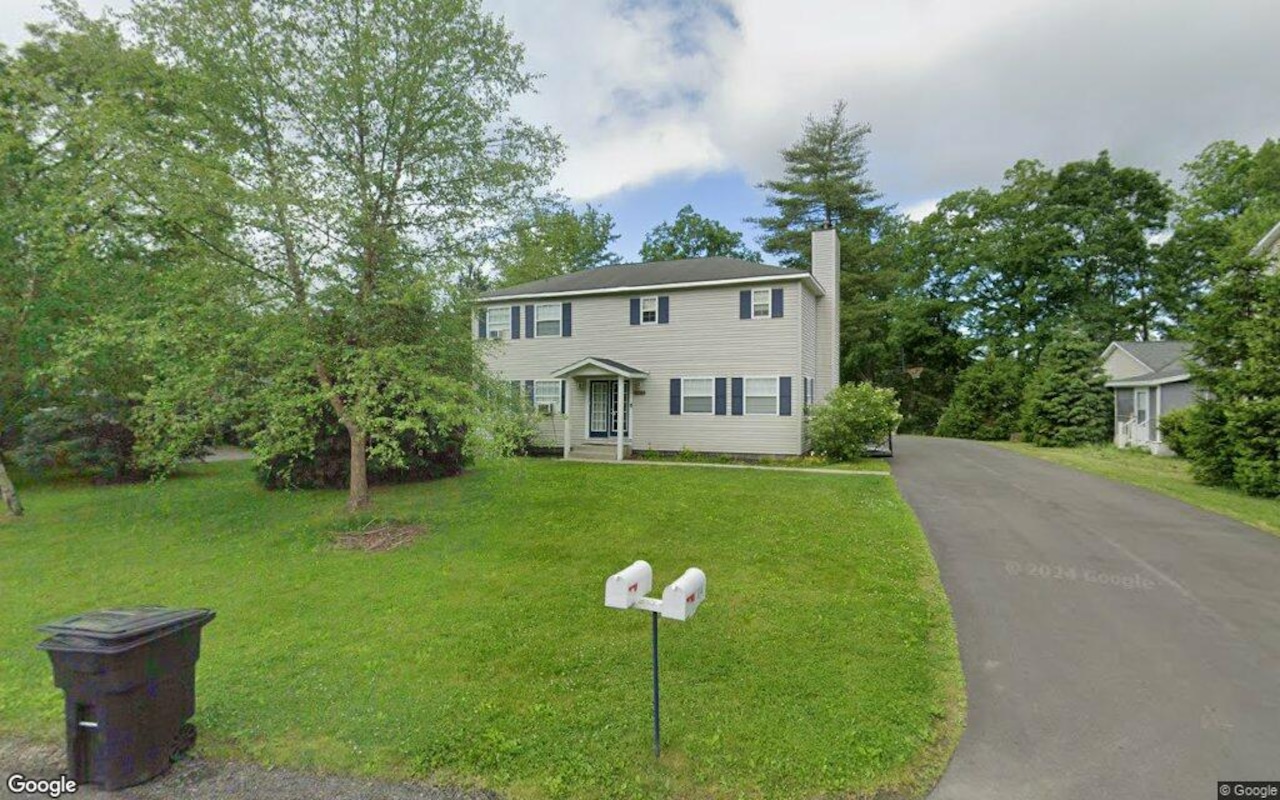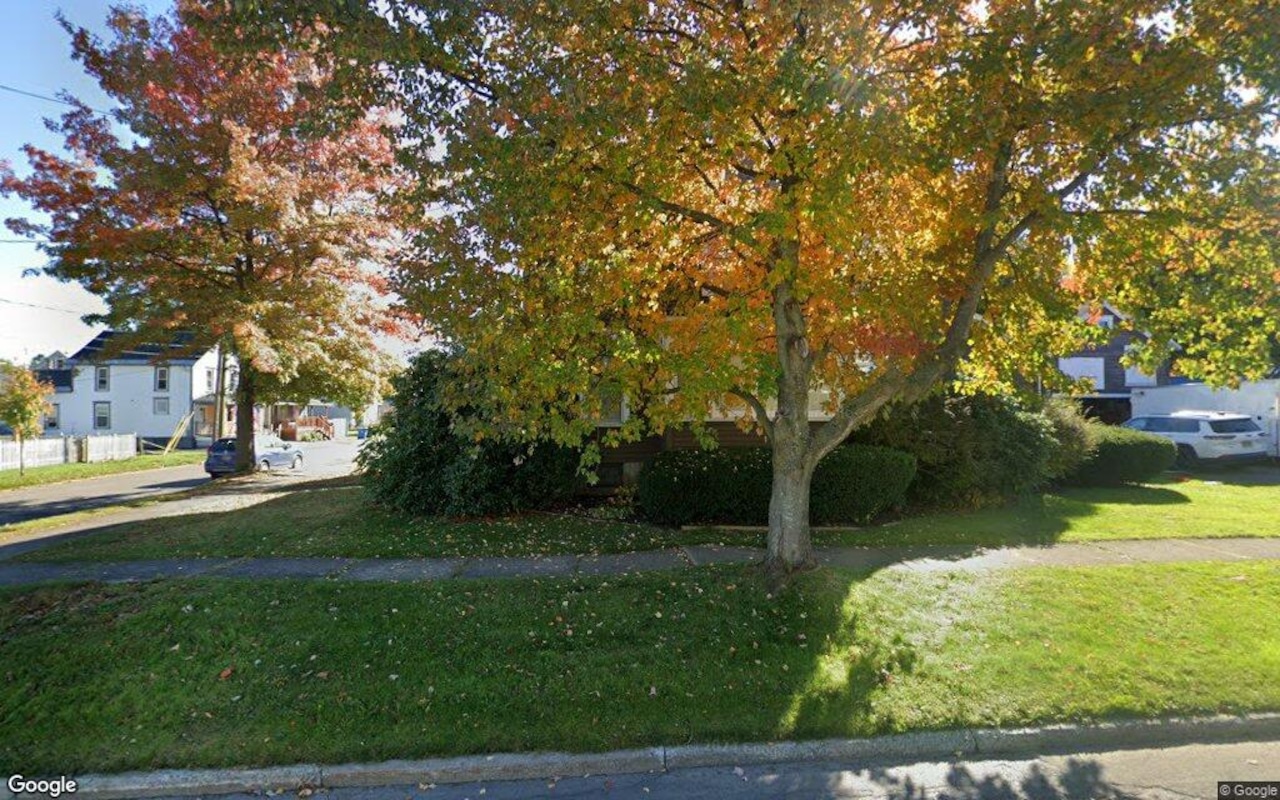T
he Twin Cities' industrial real estate scene is a bright spot in the region's commercial landscape, with demand for warehouse and distribution space holding steady into 2025. According to Colliers, the overall vacancy rate for industrial buildings in the metro area ended 2024 at 4.6%, two percentage points below the national average and significantly lower than the double-digit vacancies plaguing office buildings.
Developers are taking notice of this trend, with many planning to increase construction activity in the coming year. After a lull in new projects last year, developers expect to pick up the pace, driven by steady rent growth and investor demand. "It's a great time to be in industrial," said Tom O'Brien, vice chair of investment sales and capital markets for Colliers. "Investors and lenders like it, and we've had good steady rent growth and anticipate significant rent growth."
The growth of e-commerce has fueled the demand for industrial space, with companies like Amazon and States Manufacturing signing leases for large facilities in the metro area. In fact, Amazon has been a major user of industrial space in the region, driving up demand for new warehouses and distribution centers.
Despite the strong fundamentals, developers are being cautious due to higher interest rates and construction costs. Last year, developers completed nearly 4 million square feet of new industrial space in the Twin Cities metro area, a 55.8% decrease from the previous year, according to Cushman & Wakefield. However, this slowdown is expected to be temporary, with many investors and developers anticipating a rebound in activity as interest rates stabilize and construction costs come down.
One trend that could accelerate the growth of industrial development is the conversion of office buildings into industrial space. Companies like Endeavor Development are exploring opportunities to repurpose underutilized office sites for industrial use, taking advantage of their existing infrastructure and amenities. "The challenge of finding a seller with appropriate pricing expectations as well as a site that makes sense from a size and zoning perspective makes this strategy unlikely to become a trend," said Josh Budish, principal at Endeavor.
Nonetheless, the sector's robust demand, limited supply, and steady rent growth make industrial developments more appealing than other kinds of commercial projects. "We see a broad swath of investors from retail to institutional scale that are looking to deploy capital in the industrial sector, and we expect industrial's risk-weighted performance to continue to be strong, particularly in relation to other classes of real estate," said Budish.
Investor sentiment is also strong, with many institutional investors seeking acquisition targets. One notable sale was the December purchase of the Midway Mile Industrial Campus in St. Paul, a portfolio that included 18 warehouses with nearly 1.9 million square feet of space, selling for $156 million. While macroeconomic challenges like persistently high inflation and higher interest rates may impact user demand, many developers are confident that the sector will continue to thrive.













